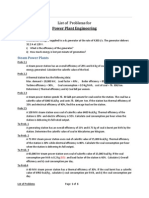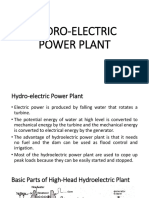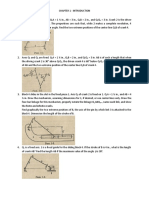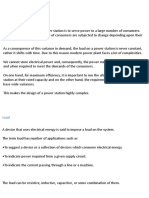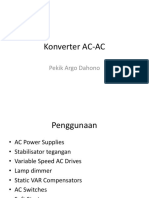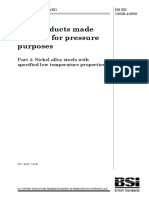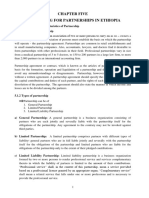0% found this document useful (0 votes)
473 views35 pagesThe Variable Load Problem
variable load powerplant economics
Uploaded by
202110618Copyright
© © All Rights Reserved
We take content rights seriously. If you suspect this is your content, claim it here.
Available Formats
Download as PDF, TXT or read online on Scribd
0% found this document useful (0 votes)
473 views35 pagesThe Variable Load Problem
variable load powerplant economics
Uploaded by
202110618Copyright
© © All Rights Reserved
We take content rights seriously. If you suspect this is your content, claim it here.
Available Formats
Download as PDF, TXT or read online on Scribd
/ 35


